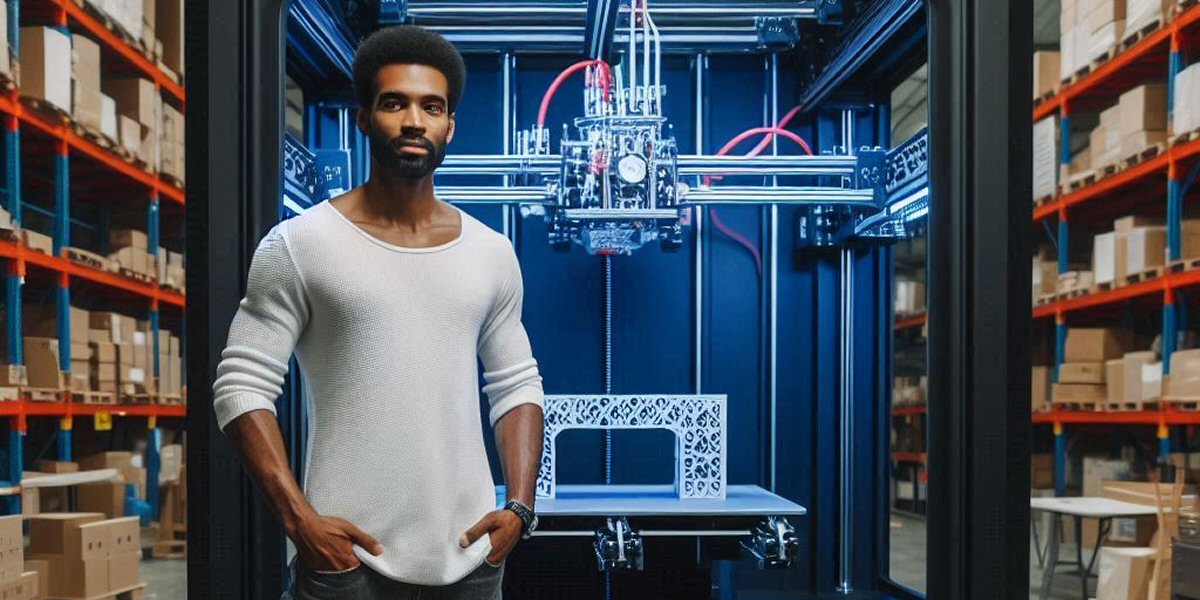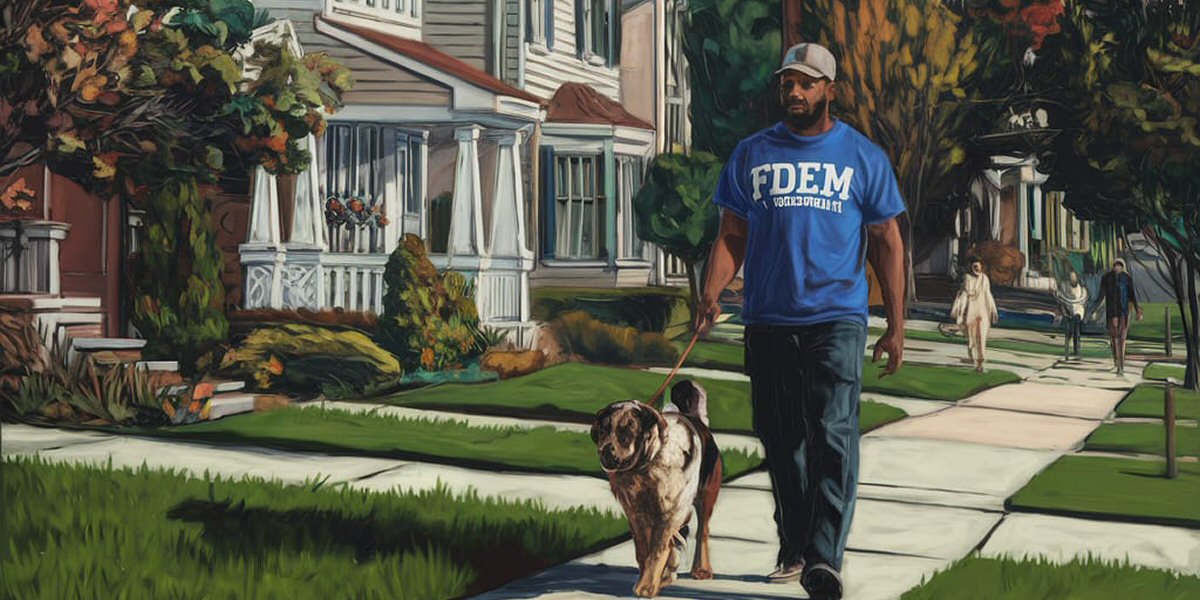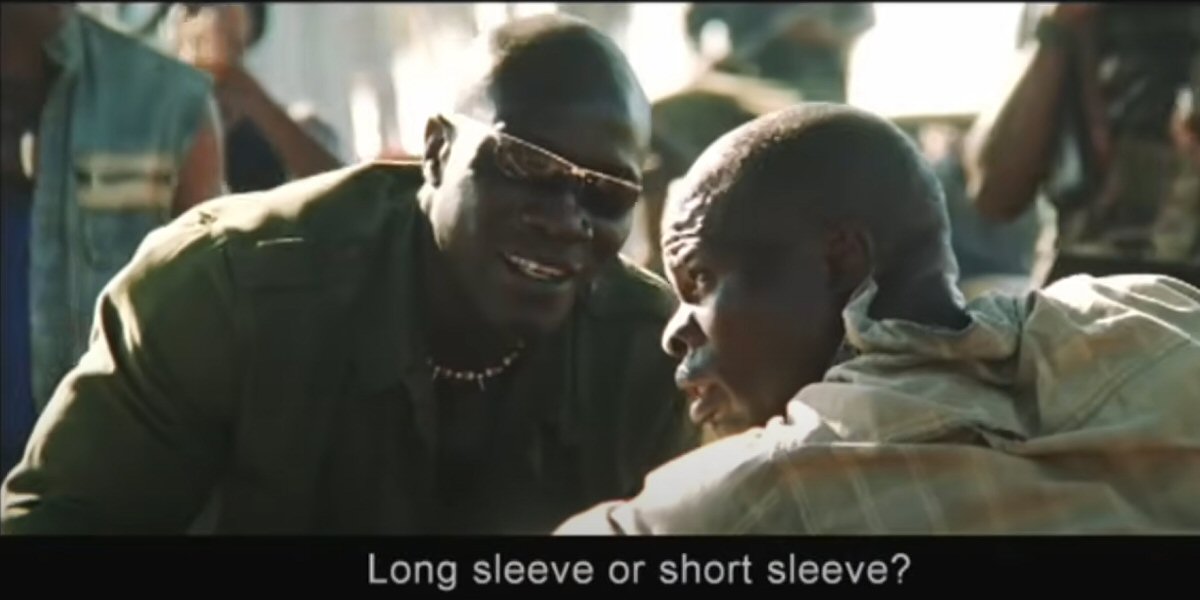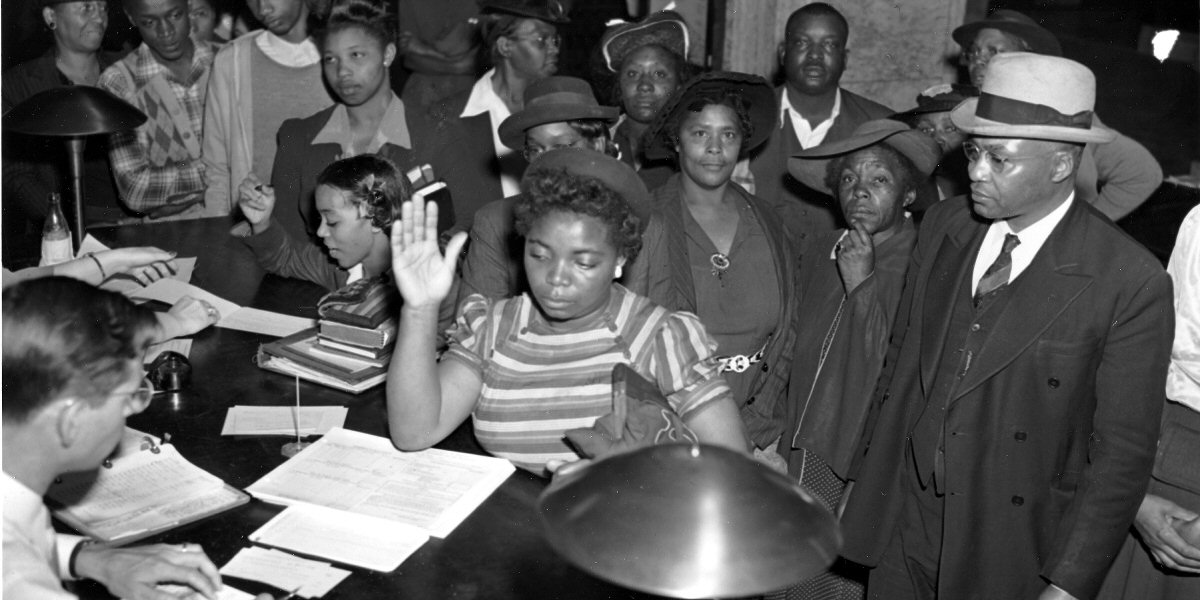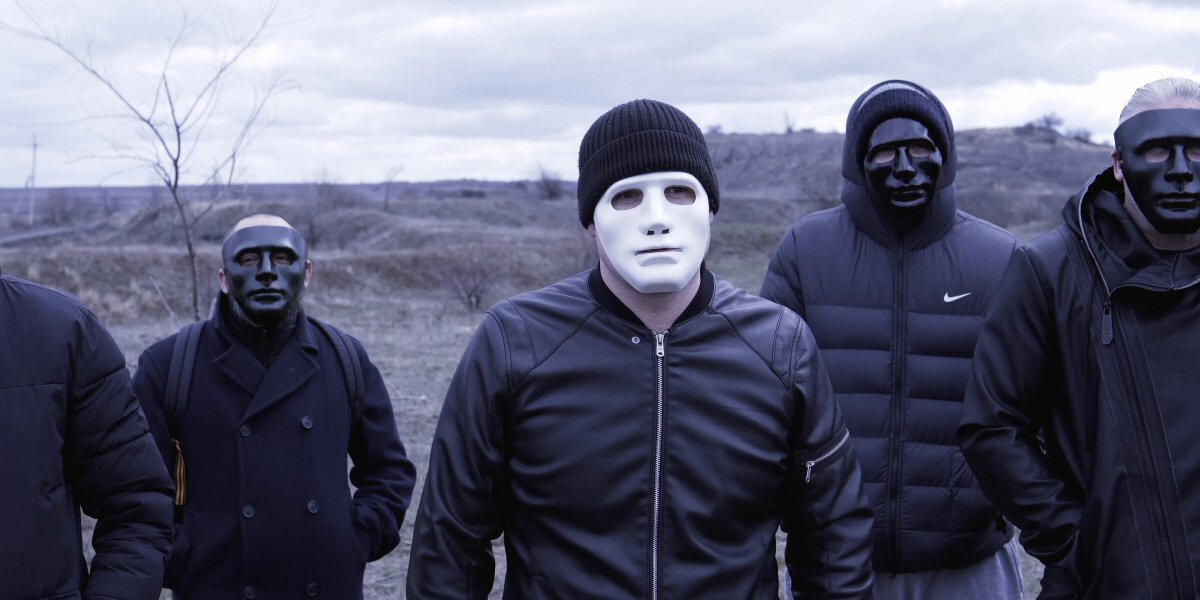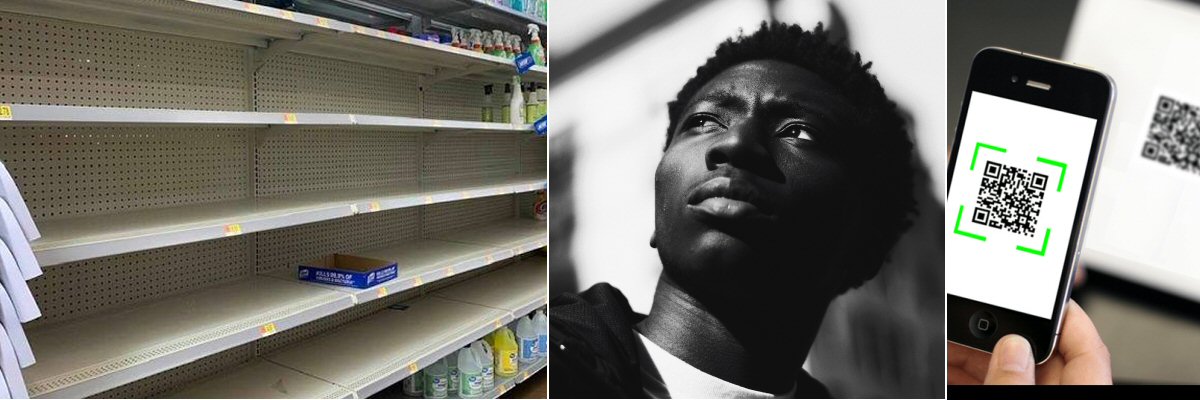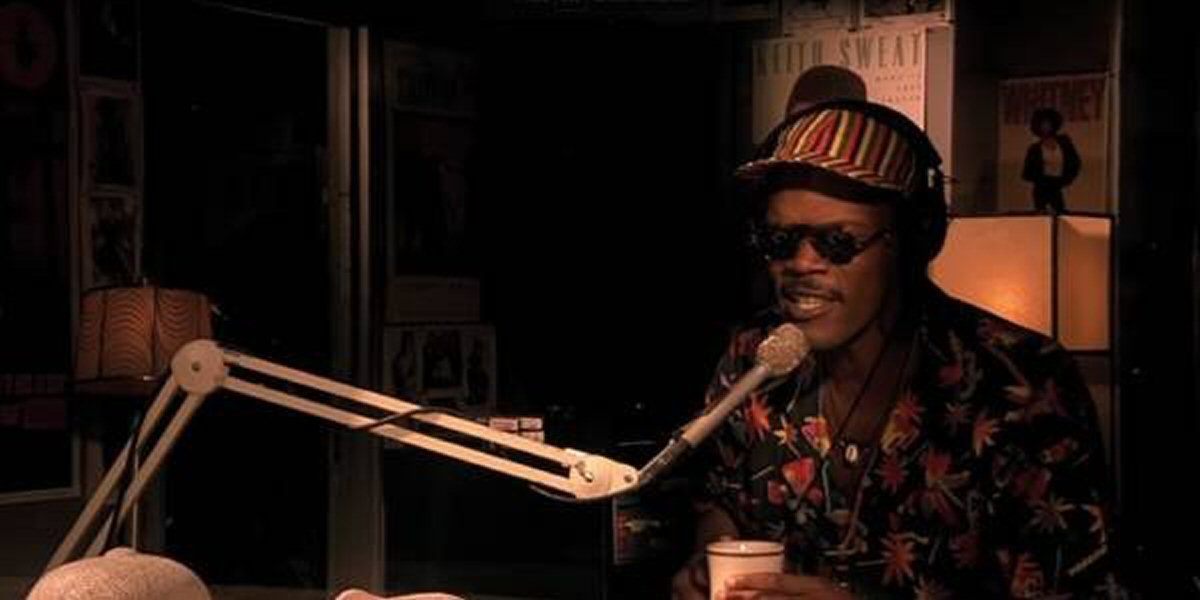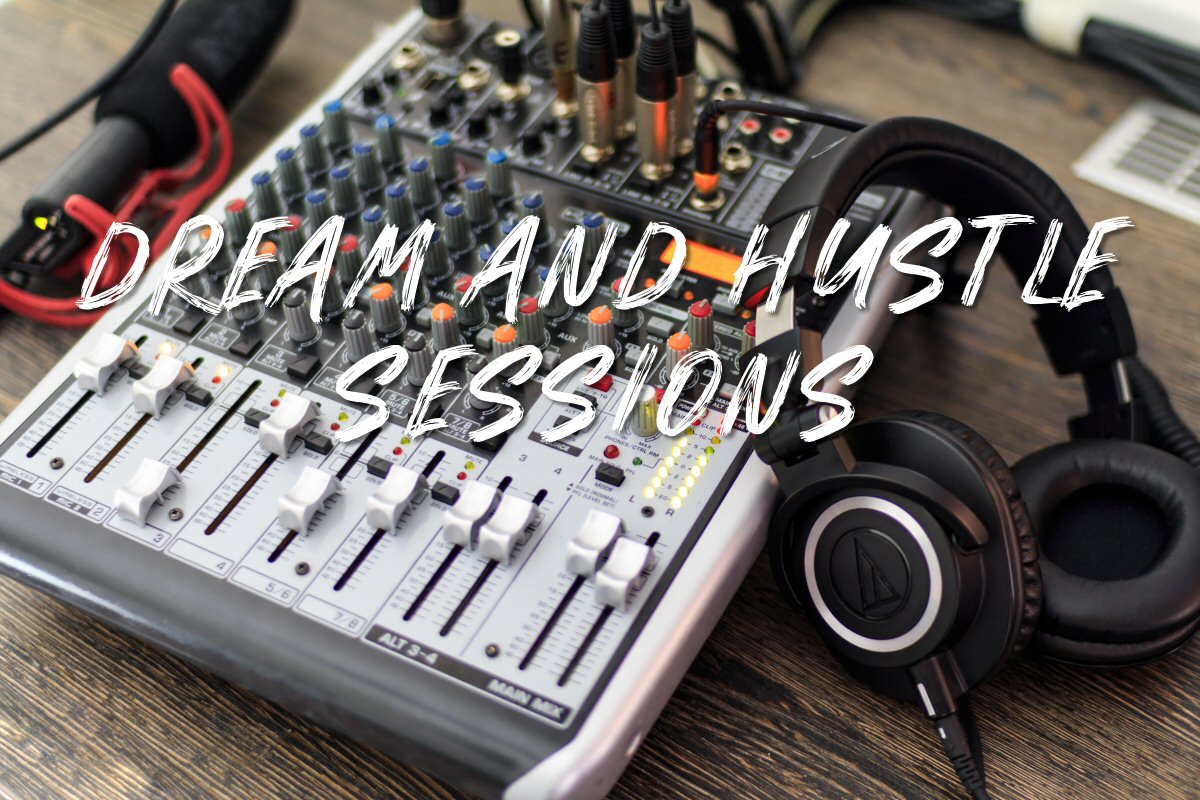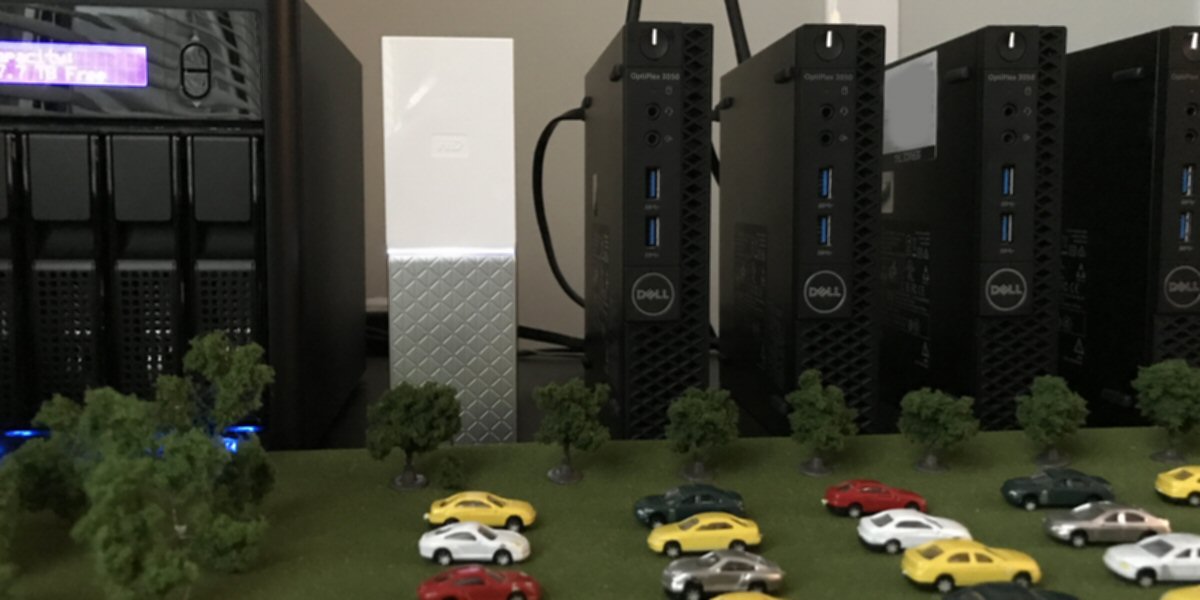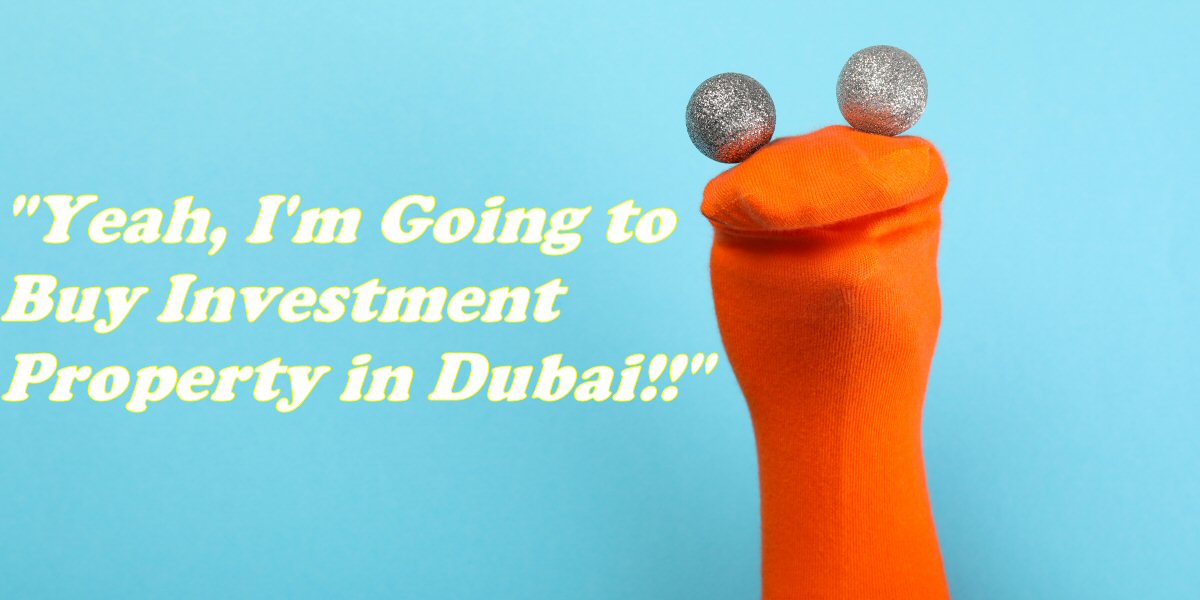Japanese Case Study using XAAS and PSS on a Barbershop Model
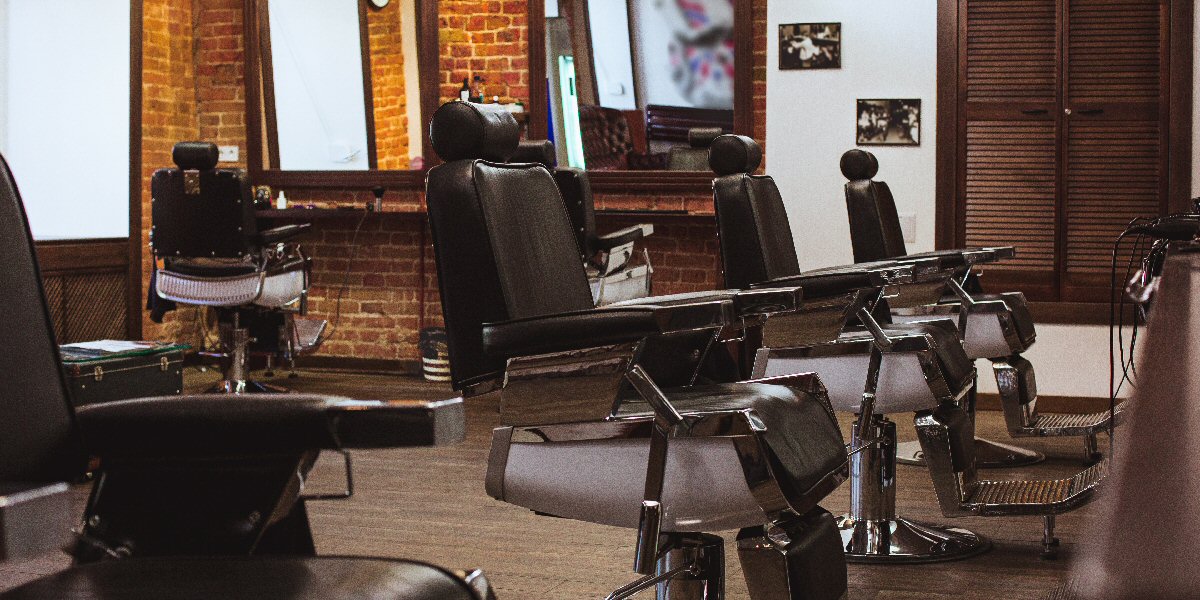
In Atlanta, I had bad experiences with barbershops to the point that I made a personal decision.
When I go to barbershops as a brotha, I get these jive and janky customer experiences that I cannot accept anymore. There is no order, and the barbers are fighting over new customers getting in the door. Then someone said they cut my head last week, and they got me next when I didn’t want them cutting my head again.
Then I go to barbershops where the barber is just talking all day with the client in front of me, and I wait 35 minutes to 40 minutes when I have things to do and places to go. As if my time is supposed to be wasted and most brothas nowadays don’t have the luxury of sitting around waiting nearly an hour for a haircut, then it takes another 40 minutes for a haircut.
It would take 3 hours to get my haircut dealing with these janky barbers, the drive to visit, the wait, the haircut, and driving back. I cannot do this anymore, and even if I did a schedule, the barber would try to fit in someone 15 minutes before I arrived, and when I got there, they tell me to “take a seat” and jive talk with the client they cut in before me for another 30 minutes.
I decided – I will no longer do business with barbershops that are not digitalized barbershops. This means that if they do not have a system in place to make reservations or a system where I can get in and get out, I will be just going to Great Clips that have fine African/Dominican sistas cutting a brotha hair.
Current Barbershop Model
The current barbershop model in the Black community is barbers would rent a chair or a booth for a fixed price a month. They would have to make enough money to cover the rental and make a profit for their lifestyle.
What I have seen is a Tragedy of the Commons where multiple people working at a commons expecting to respect each other never works because there is always one trying to get over the other and taking more than their fair share.
Then it gets personal, some barbers think you are their client and you need to wait on them as they jiving with the previous client. You walk in, and they don’t even respect you to say they are very busy. Instead, these Atlanta barbers will tell you to “go take a seat,” and you wait for nearly an hour, and they are still jiving, talking about sports and the whole shop looking shiftless and janky and I walked out of these barbershops plenty of time, never to show up again.
As I said, they have fine African/Dominican sistas at Great Clips that can hook a brotha up, and they have digital services such as online scheduling and check-in. No one needs janky Black-owned businesses anymore, and no one wants to waste their time waiting on these janky ATL Black barbers who do not respect the busy life of a modern Black man anymore.
QB House Barbershop Model
In Tokyo, I kept walking by this barbershop called QB House that drew my interest every time I walked by it. What sparked my interest is that this barbershop is a glimpse into the future as Japan is always ahead of the curve in innovation and trends.
What sparked about QB House is it was infrastructure and business model that I instantly decoded and realized this is probably how barbershops should operate in the 21st century. It contradicts the awful experience I have had with Black barbershops all my life. But most importantly, I saw patterns and practices that can evolve using the Toshikiso platform I was developing.
To understand the new paradigm, it is essential to understand QB House's current business operation. Here is a link to the video I need you to watch before continuing:
https://youtu.be/6QXYUGiK9cA - click on the link to view before continuing.
Visual Indicator of Wait Time
QB House is situated near train stations and inside subway transfer tunnels, so if you are walking by, you can quickly look up and see if the barbershop has no wait or is busy. This means you don’t have to walk into some janky barbershop and tell you just take a seat, with no respect for your time. These stack lights cost only $20 at Amazon, and QB House uses the lights to indicate how long a person will wait before a chair opens up.
I know what you are thinking – a Black barbershop is so janky, they cannot even use a $20 stack light from Amazon to show people that they are busy and just tell people to “take a seat” and waste a brotha time. Maybe someone is smart enough to upgrade these janky barbershops with this tech.
Take a Ticket
One thing I appreciate about Japan and its touchpoints is the use of iconography or icons; you can understand the universal symbols. In the instructions above, it is essential you know these steps because this is going to be the future of the business. Again, this is a fundamental process.
In Japan, if you go to a ramen shop, you would place an order at a vending machine and get a ticket. That ticket is your queue number when your order is ready, similar to when you get your driver's license or tags renewed, waiting to speak to an unemployment agency rep, or waiting in that long line at TJ Maxx and Marshalls.
When you go to QB House, you purchase a ticket to be placed in a wait queue. When it is your turn, you hand the ticket to the next available barber. The barber will ask what style you want, which takes 10 minutes to complete. Pleasant, efficient, and orderly.
Please note a few things: the barbers are employees and do not rent chairs. There are no favorites or arguing about who the client is. The goal here is efficiency: get in, get a haircut, and get going. The business goal here is the operational efficiency of the shop by cutting heads in under 10 minutes per client.
Modular Stations
This was the most impressive and caught my attention when I looked inside the QB House shop. If you notice the station, it is a modular station. They can add one or many modular stations based on the location, which is genius and efficient. Each station looks like it has its electric hookup, and I just thought: they probably can have their own portable water tank for a sink, but this is just guys and cutting fades.
Overall, this whole QB House barbershop model is impressive. It would help if you realized that based on these efficiencies and operations, they have expanded in growth quickly and are very profitable as a business model. Where you see barbershops here in America shutting down because the shop owner raises the rent of chairs because the building owners raised rent on the commercial property.
Transitioning the Barbershop Model to PSS and XAAS
Based on the QB House's excellent business model of running a barbershop, you have to respect the Japanese, and it is your loss if you have never been to Japan and seen all this awesomeness.
What I want you to realize is what I realized was taking what I saw going on at QB House to the next level of entrepreneurship in the 21st century. We will apply the PSS and the XAAS models to the barbershop models and show you how to think and grow an empire in the 21st century.
Product-Service-Systems or PSS is establishing a hybrid business model combining products and services for a more tailored customer experience. Today, some shops just offer a product, and some shops offer a service. If you look at car dealerships, they offer products such as cars and services such as auto repairs and accessory installations.
You are seeing a trend that has been going on with collaborations as a PSS model, such as the Capital One Café. Interestingly, this model was started by Citibank in Japan over ten years ago. Capital One, a financial product, had combined with a café to provide a new level of service to extend their brand.
We are seeing that barbershops are being used in product-service-system models such as sneaker stores and beauty supply stores, which have barbershops and salon spaces to offer services and sell products. But another angle can be considered as a PSS model with barbershops.
Local businesses in the community can establish a barbershop where they use it to run advertisements and special offers for barbershop clients. They can create the 10-minute QB House model to move people in and out and expose them to an advertisement. Think about a medical center, a dry cleaner, and a fashion shop all collaborating on a barbershop that works as a service to promote their brand, like the Capital One café.
Just to let you know, we are planning to create co-working spaces for our upcoming HustleSpace to promote Toshikiso and other platforms. I hope this is making you think of how to create business models using PSS with the upcoming Merchant the Flow system we built.
XAAS is the term for Everything-As-A-Service, where you offer a platform for others to build their business. When you look at the QB House video, you should have picked up on those cabinet modules and realized you could build a firm that rents those out or create a franchise model like Great Clips.
Those cabinet modules are nothing but wood-cutting and furniture assembling and shipping out nationwide to rent. It should be easy to assemble and disassemble, and the barbershop pays a rental fee. It should be efficient to add and remove models.
You also can own the mobile platform and ticketing system to allow customers to frictionlessly get in the queue, make a reservation, and make special requests. You can offer this as a platform for barbershops as an XAAS platform model. You can accomplish this with the Toshikiso platform that we developed.
But let me explain one aspect some people don’t want to hear – the secret sauce is all those migrants who entered the United States under Joe Biden's presidency. That’s who you can train to be barbers to cut hair in under 10 minutes. You get Venezuelan barbers, both dudes and chicks, cutting heads and teaching them how to manage a platform as a business partner. To be honest, we won’t be able to transition these janky existing barbers and barbershops because they stuck in their ways.
This article was intended to help you think about how to move in the 21st century, and the paradigm has shifted. Look at efficiency, PSS, and XAAS platform hosting for your business model. These are the true type of models as we roll out our platform that you can establish, and it's all about just workflow and execution and plenty of time to vacation and chill at your home.

